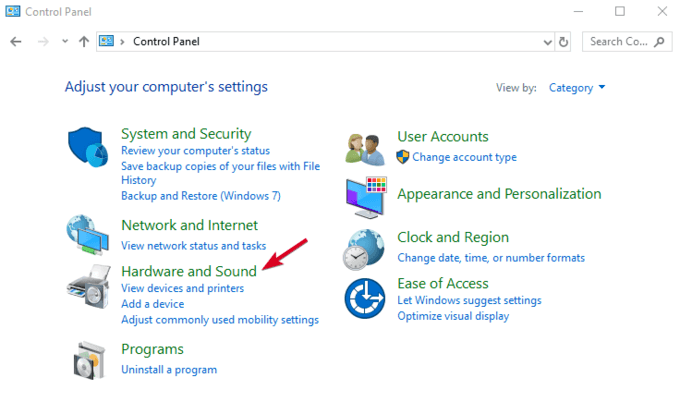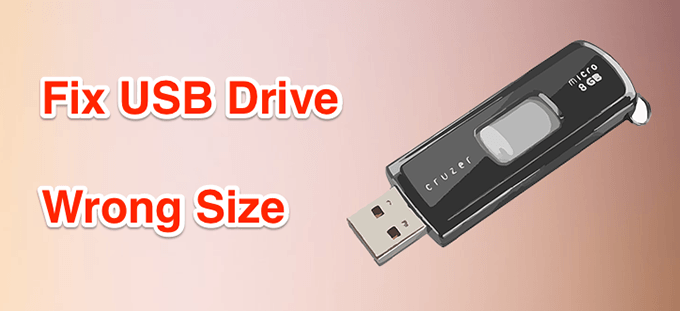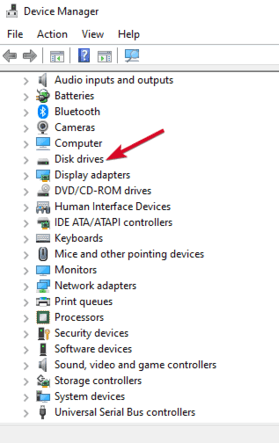

Next we need to create the new partition. (fdisk should automatically select the second partition).ī. Then type d to proceed to delete another partition, if necessary.


Open a terminal ctrl+alt+t and type sudo su.First we need to delete the old partitions that remain on the USB key. The following manual tasks to restore a USB drive can be performed from a Linux terminal window.Ī. Restoring a USB key to its original state using Linux


 0 kommentar(er)
0 kommentar(er)
